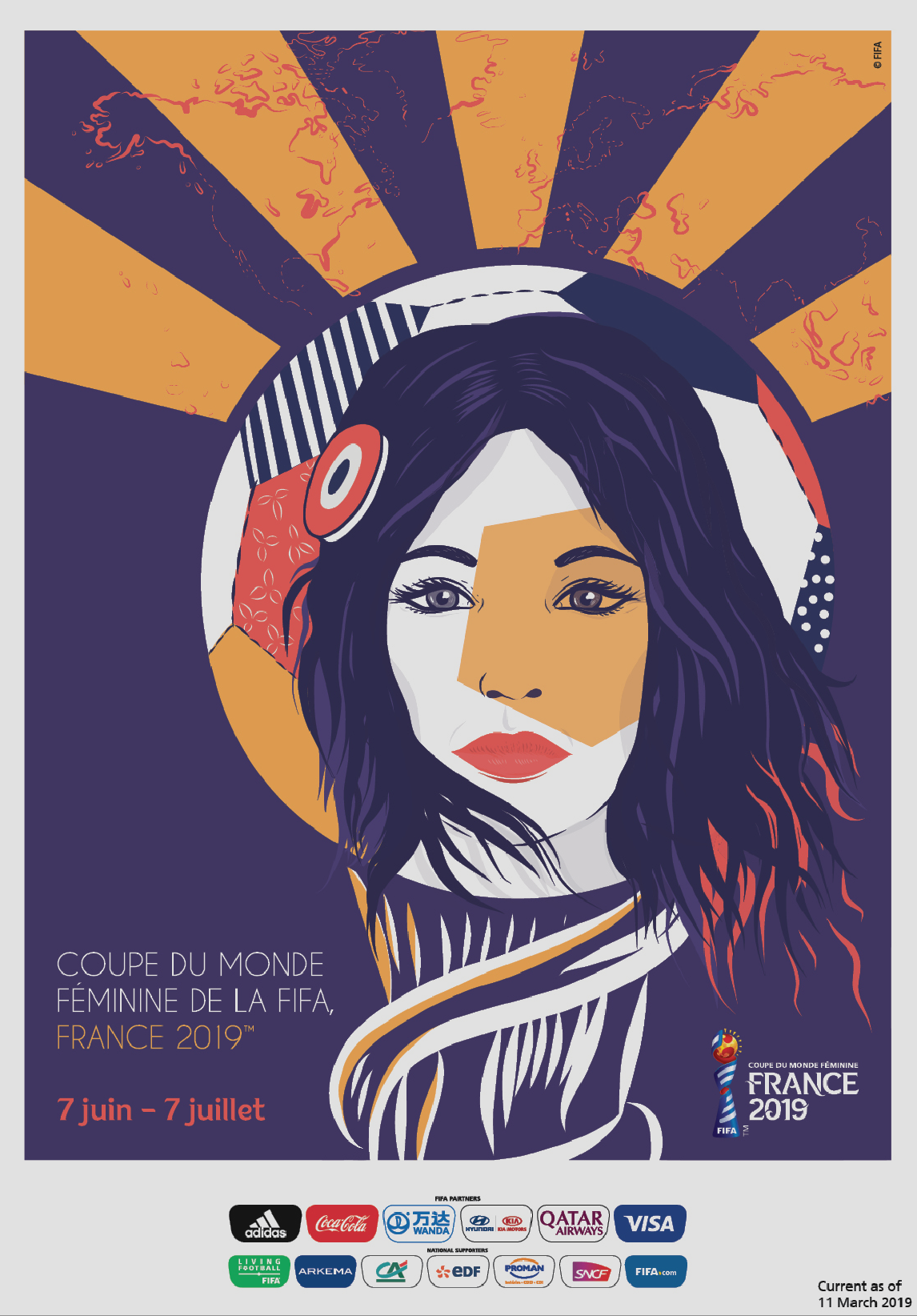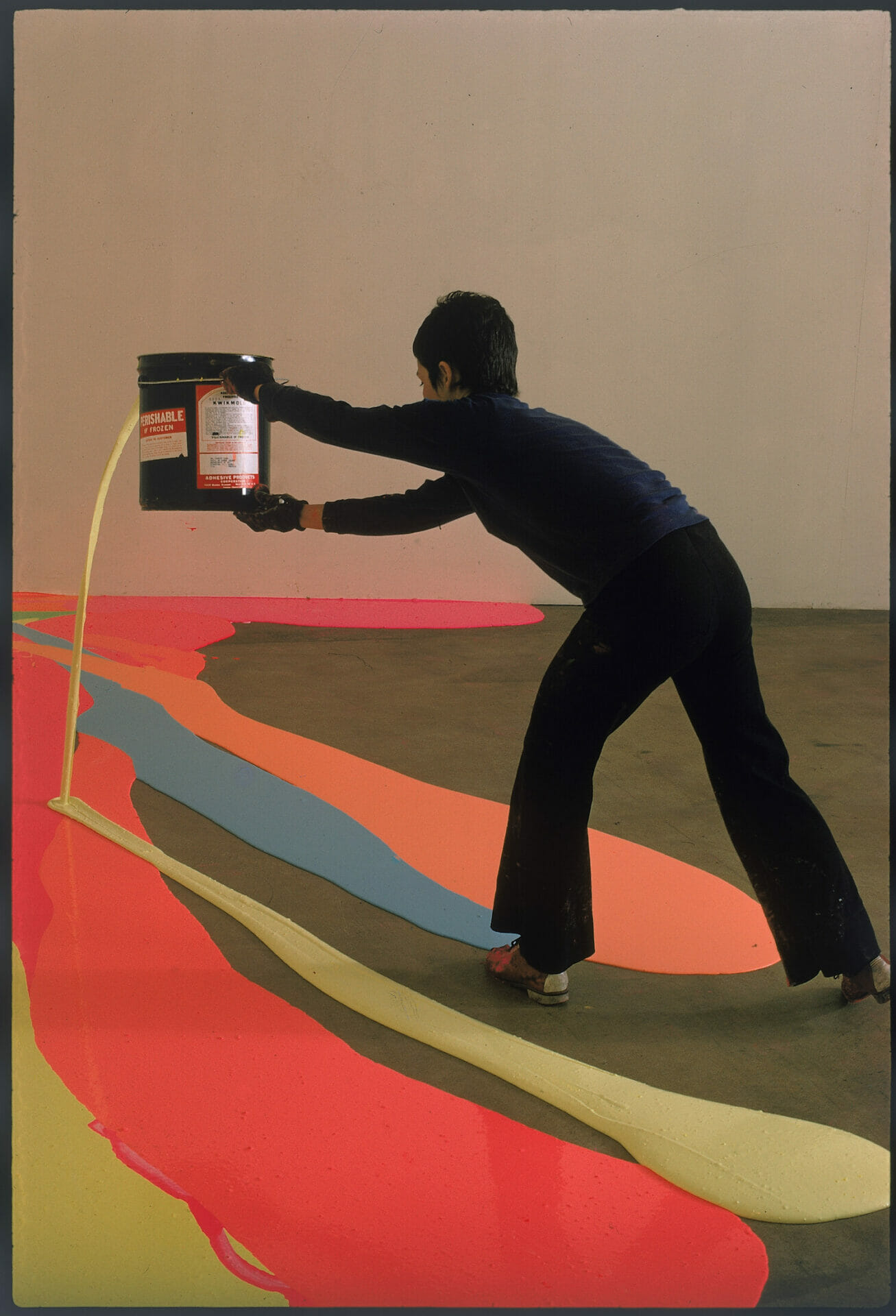
2019 FIFA Women's World Cup | Dare to shine
Discipline
Event
Date
Length
Winner-Podium
Other protagonists
2019 was the eighth time the FIFA Women’s World Cup had been staged, and more media attention was devoted to it than ever. This contributed to the major impact the Cup had on women’s football.
The 2019 World Cup attracted a total of 1.12 billion viewers, and more than 82 million people watched the final match, setting a new record.
2019 FIFA Women’s World Cup: an overview
France hosted the competition for the first time, and 24 national teams took part in it. While seven teams, such as Germany and the United States, qualified for their eighth World Cup, Chile, Jamaica, Scotland, and South Africa made their debuts in the 2019 event.
The group stage took place from the 7th to the 20th of June, and six groups of four teams each took part in it. The top two teams of each group and the four best third-placed teams qualified for the knockout stage. After a two-day long round of six, there almost wasn’t any surprise in the qualifying teams. Along with the USA, Germany, England, France, Norway, Sweden, and the Netherlands, Italy – with its first participation after 20 years – got through the quarter-finals.
The United States and the Netherlands reached the final match, knocking out France and England and Italy and Sweden, respectively. The final took place on the 7th of July in Lyon, and the USA won thanks to players like Megan Rapinoe and Rosemary Lavelle.
The referee of the final match was Stéphanie Frappart. The French referee is now the first woman to have officiated at a men’s Champions League game and will also be the only and first woman to officiate at a men’s European Championship on the occasion of Euro 2020.
Megan Rapinoe’s fight for LGBTQ+ rights
Megan Rapinoe, 36, from California, is the captain of the American women’s national team. She is a celebrated and clever player, both on and off the pitch. In the 2019 World Cup, she won the Golden Boot and Golden Ball awards, and became one of the most prominent voices in the LGBTQ+ rights and equal pay fight.
Before the tournament, Rapinoe stated that she would not go to the White House under the current administration if the United States were to win the World Cup, causing Donald Trump’s reaction, which was mainly made of Tweets and broken promises.
Rapinoe responded with the victory of the Cup and with an iconic goal celebration that went viral and became a symbol of both her patriotism and activism for LGBTQ+ rights and gender equality.
Italian “World Girls” head toward professionalism
While the Men’s team was undergoing a hard time, the Italian Women’s team took part in the FIFA Women’s World Cup after twenty years of absence. The hype surrounding the tournament was higher than usual, but the impact of the event in Italy exceeded every expectation.
Italy ranked first in Group C – beating both Brazil and Australia – and reached the quarter-finals. Aurora Galli and Cristiana Girelli appear in the first ten places of the goalscorers ranking. In a Country where there has always and only been room for men’s football, 21 million people followed the Women’s Team during 2019 World Cup.
Many Italians fell in love with the “World Girls” (in Italian, Ragazze Mondiali) thanks to their enthusiasm, their attitude, their talent, and the performance of the FIGC and Italian media during the event. The impact of the National Women’s team’s success was huge: Italian players will be professional footballers in 2022.
2019 World Cup prizes: there is still a long way to go
Even though the 2019 FIFA Women’s World Cup had a huge impact, there is still a long way to go in terms of addressing gender disparity, particularly in such things as financial prize rewards.
Taking the 2018 FIFA Men’s World Cup into account, the World Champions received $US 38 million, while Croatia, which ranked second, got 28 million, and Belgium was awarded 25 million. England, which lost the third-place play-off and ranked at the foot of the podium, won 22 million dollars.
After winning the 2019 FIFA Women’s World Cup, the USA received 4 million. The Netherlands gained 2,6, and Sweden was awarded 2. The other participants got from 1,6 million to 0,75 according to the final rank.
The four final matches alone of the Men’s tournament were worth $US 113 million, while the entire Women’s World Cup value was 30 million. In other words, all Women’s prizes added together did not reach the Men’s Cup first-place prize amount.
Tag
Buy a ☕ for Hypercritic









